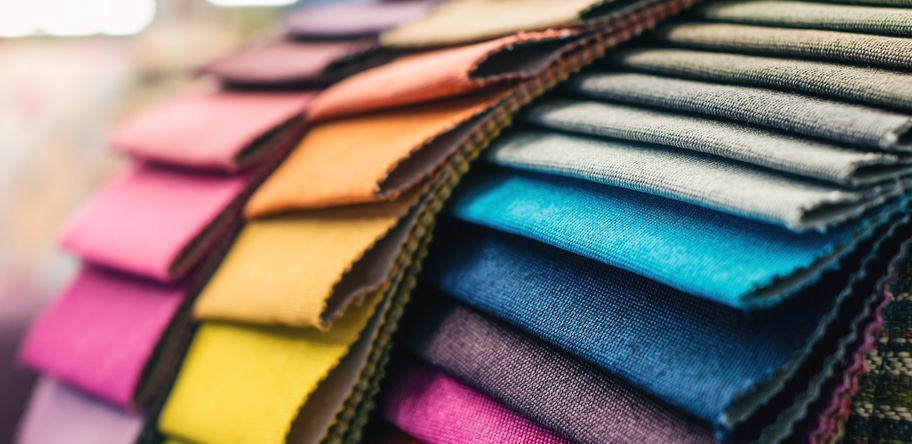Clothing textiles (Clothtech) is a rapidly growing segment of the technical textile industry. It encompasses all textile components used primarily in clothing and footwear, and it is responsible for adding functional properties to the product that improve specific and critical objectives.

The clothtech market is expected to grow significantly in the coming years, driven by the increasing demand for functional and innovative clothing. This is due to a number of factors, including the growing popularity of activewear, the increasing demand for safety clothing, and the growing awareness of the importance of sustainability in the fashion industry.




